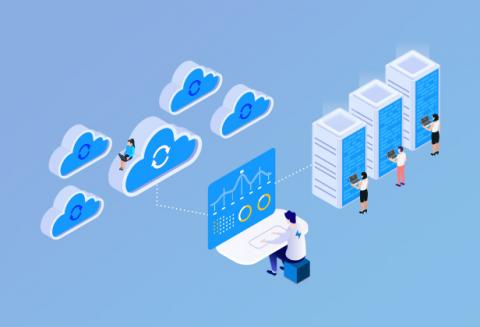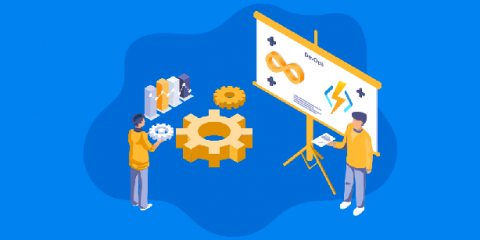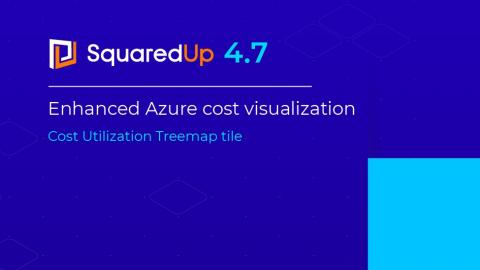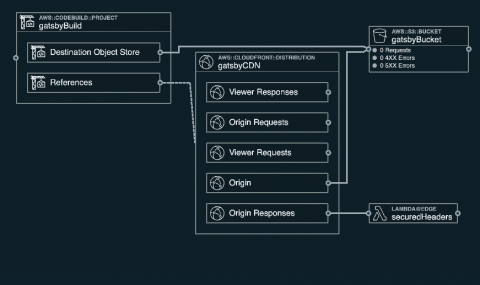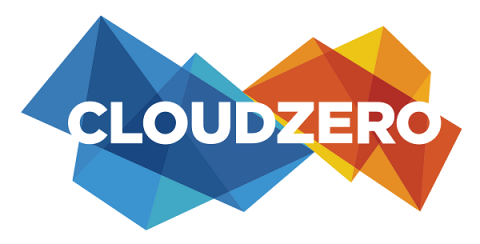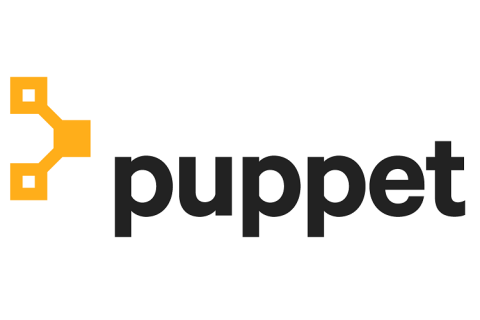Why Monitor Cloud and On-Premise Infrastructure together?
Data centers and cloud are undoubtedly an integral part of business continuity strategies of companies to run operations with a distributed workforce amid the lockdown successfully. The Covid-19 outbreak and the resultant work from home policies have pushed businesses across globe increase in adoption of cloud infrastructure services up by 80%. Managing the entire suite of enterprise technology is not easy for businesses that have several vendors on board.


